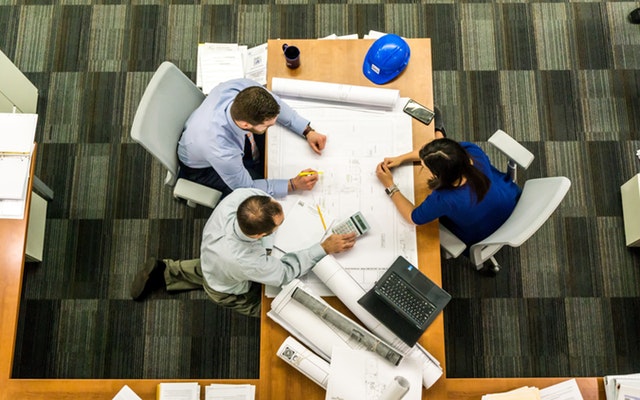Keeping an eye on workplace safety throughout the day is a simple method to keep your workplace safe. It demonstrates to your employees that you care about them and their well-being if you are a supervisor. There are ample training programs ongoing in the market (such as confined space training) by which management can ensure that their workers’ health is not at risk. Being safety conscious may boost staff morale, productivity and even make a positive first impression on visitors.
If you work as an employee, it is in your and your coworkers’ best interests to follow safety rules. Below are some of the helpful hints for keeping yourself and others safe at work. Give them a quick look and see if they can help you stay safe and healthy.
1. Supervisors of Dangerous Situations
Suppose you observe something that could cause harm to someone, remove it or clean the area if it is safe to do so. Inform your boss if this is not the case. Your boss must intervene because they have a legal obligation to keep you and your coworkers safe in the workplace.
2. Maintain a clean work environment
Cleaning up the place should be done regularly to go a long way toward preventing injury. To complete a job task, resist the urge to use whatever tool is nearby. When you use the improper tool for the job, you risk injuring yourself or damaging the instrument, leading to another injury in the future.
3. Put on your protective gear while working
Wear the appropriate safety equipment when cleaning up messes and utilizing machinery. Making sure you are wearing the right safety gear and inspecting it to ensure it is in good shape reduces your chances of getting hurt.
4. Keep work areas and emergency exits free of obstructions.
Remove any clutter that is obstructing emergency exits, equipment shutoffs, or places where you are working. A messy work area can make it challenging to utilize equipment or properly take up large goods. Furthermore, if an exit is blocked, you may not be able to evacuate swiftly in the event of an emergency; after each usage, place equipment in designated storage spaces to maintain the work area and emergency exits clear.
5. When lifting, maintain proper posture.
Keep your back straight, raise with your legs, and pick up the item without stooping or twisting to avoid damaging your back when picking up an object. Use mechanical help such as a conveyor belt, wheelbarrow, or forklift wherever possible. Many workplace injuries occur when a worker is weary and unable to see threats in their environment. You can stay more alert while working if you take regular breaks.
6. Preventing Slips and Trips is a must.
As tripping and slipping is the second most common cause of nonfatal occupational injuries, keeping aisles free and spills cleared to prevent employees from falling or slipping is critical. Use drip pans and guards if you are working with liquids. To keep the environment safe, clean up any spills right away.
Also, make sure there are no holes, loose boards, or nails protruding from the floor in your workspace. Replace the damaged flooring if any of these features occur. Consider putting anti-slip flooring in areas that are difficult to clean.
7. Hazardous Materials Should Be Tracked.
Ensure that work area mats are maintained and kept clean, making tracking hazardous items into adjacent areas easy.. Use different cleaning materials such as mops for separate accidents to avoid cross-contamination, and change clothes if you drop dangerous items on them. Also, do not wear your work clothing home if you operate with hazardous objects.
8. Take care that objects should not fall.
Nets, toe boards, bathroom heat lamps, and toe rails can be used to prevent objects from falling. In addition, stack boxes vertically and arrange heavy items on lower shelves. Stackable items should also be kept out of the way of aisles and work areas.
9. Equipment, machines, and tools should all be used.
The most common cause of industrial injury is the misuse of tools and machines. Make sure you are using each piece of equipment for its intended function and that you are using it appropriately while working. Additionally, inspect and sanitize equipment regularly to verify that it is safe.

